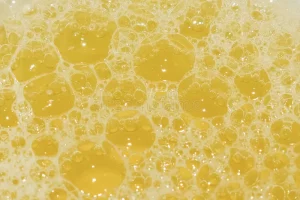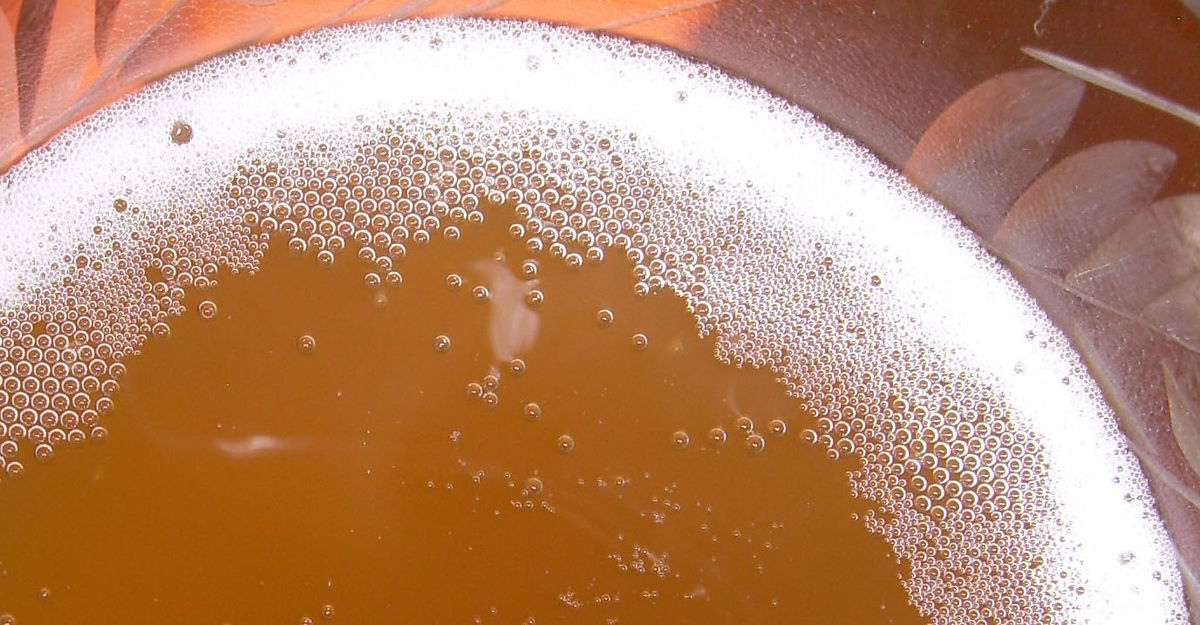Introduction
Welcome to an intriguing exploration into the curious world of foamy, beer-like urine. Dr. Michael M. Martin, a seasoned health searcher, invites you on a captivating journey to unravel the mysteries behind this unique urinary phenomenon. With extensive experience in investigating health intricacies, Dr. Martin delves into the scientific, dietary, and health-related factors contributing to frothy urine. This comprehensive guide aims to demystify the brew-like appearance in urine, empowering readers with knowledge to understand the underlying causes and potential implications.
Understanding Foamy Urine
Understanding the basics is key to unraveling the mysteries of foamy urine. In this section, Dr. Martin introduces readers to the fundamental science behind urine’s frothy appearance. Factors such as urinary protein content, bubbles vs. froth, and the role of urination dynamics are explored to provide a foundational understanding.
Differentiating Normal from Abnormal
Differentiating between harmless bubbles and abnormal froth in urine is crucial. Dr. Martin guides readers through identifying when frothy urine may signal a potential health concern versus benign causes. This section provides practical tips to discern whether the brew-like appearance is a transient occurrence or a reason for further investigation.
Culinary Contributions to Frothy Urine
Dietary choices significantly impact urine appearance. Dr. Martin examines specific foods and beverages that can turn urine into a frothy concoction. From high-protein diets to certain vegetables, readers gain insights into the dietary dilemmas that manifest as beer-like urination.

How Lack of Hydration Affects Urine
Dehydration plays a pivotal role in altering urine characteristics. Dr. Martin explores the intricate relationship between insufficient hydration and frothy urine, elucidating how dehydration can transform urine into a foamy brew. Practical hydration strategies are offered to maintain optimal urinary health.
Underlying Conditions Behind Frothy Pee
Beyond dietary and hydration factors, frothy urine may be a silent indicator of underlying health conditions. Dr. Martin connects the dots between beer-like urination and potential health issues, including diabetes, kidney disease, and urinary tract infections. This section empowers readers to recognize potential red flags and seek timely medical guidance.
Conclusion
Dr. Michael M. Martin’s comprehensive exploration into foamy, beer-like urination provides readers with a holistic understanding of this intriguing phenomenon. Whether it’s the science behind the froth, dietary influences, hydration tips, or recognizing potential health concerns, this guide equips individuals to interpret their urinary experiences confidently. Dr. Martin’s expertise as a health searcher ensures that this journey through the mysteries of pee brew is not only informative but empowering, encouraging proactive health management and informed decision-making.
Visual Table for Key Points:
| Point | Description |
|---|---|
| 1. The Brew Begins | Introduction to the nature of foamy urine |
| 2. Froth or Fiction | Differentiating normal bubbles from abnormal froth |
| 3. Brew in the Diet | Foods contributing to frothy urine |
| 4. Dehydration’s Brew | Impact of dehydration on urine froth |
| 5. Health Searchers Alert | Conditions associated with frothy pee |
Comparative Table: Dietary Dilemmas vs. Health Conditions:
| Categories | Dietary Dilemmas | Health Conditions |
|---|---|---|
| Contributing Factors | Specific foods, beverages, and dietary habits | Underlying medical conditions and diseases |
| Common Culprits | High-protein diet, certain vegetables, and more | Diabetes, kidney disease, and urinary tract infections |
| Impact on Frothiness | Short-term, reversible effects | Persistent, indicative of ongoing health concerns |




